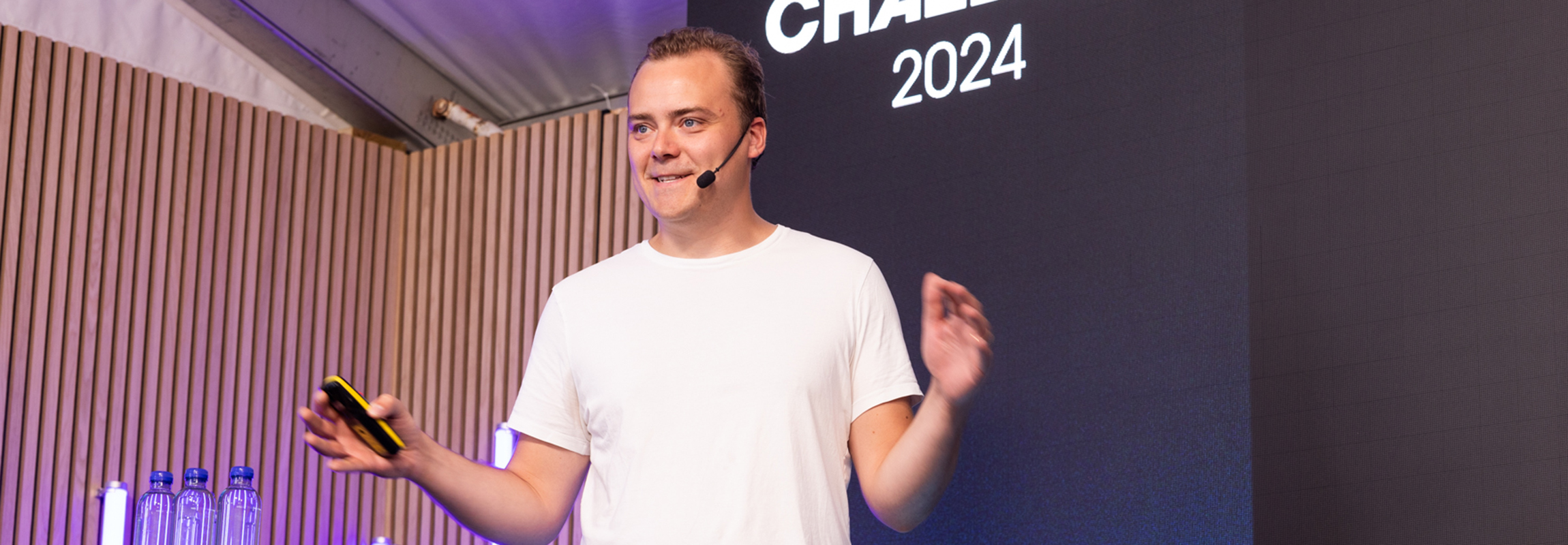

From Business Idea to Company Culture
How does a rapidly growing company build corporate culture and a stable organization? For John Diklev, CEO and founder of Flower, the key words have been trust, communication, and clear mandates.
In just a few years, he has transformed his business idea into a successful company. The growth journey for Diklev’s company, Flower, has been remarkably fast, and its innovative business model has met a clear market demand. Since its inception, the energy company has signed agreements with solar and wind power provider OX2 and acquired Sweden’s largest battery park, Bredhälla.
– By optimizing the use of the electricity grid, we ensure a stable and reliable energy supply regardless of weather conditions. Our goal is to create a more efficient electricity system by increasing the share of wind and solar power. In the long run, this makes the energy transition more cost-effective, says John Diklev, CEO and founder of Flower.
The vision is clear, and the company has successfully carved out its niche in the market. But what about the internal side? How do you build a company culture when the number of employees grows from 10 to 140 in 30 months?
– In the early years, we had a curious attitude and tested everything to find our product-market fit. Our rapid growth attracted attention, which helped us hire truly talented people. A few years later, we were nearly a hundred employees, and then we focused on building an organization to act on the market opportunity we had identified.
Culturally, the focus was on building the company from within and defining what Flower should look like, be, and how it should operate. The company developed a clear plan for strategy, communication, and accountability. The goal was to create a company built on trust and transparency.
– We have decentralized decision-making. For that to work, the organization must dare to take risks, decision-making mandates must be clear, and everyone must understand how each part contributes to the common goal.
One of the biggest challenges has been building an organization that is competent, but also where each individual can fully leverage their skills. According to Diklev, it’s about having the right person in the right place, but also about creating a culture where employees understand the value of compromising to optimize the whole.
– Not every person is right for every company. If I had dared to acknowledge and say that earlier, it would have been better. I’ve also learned that conflicts of interest can easily arise regarding the company’s direction, and individuals may become disappointed. Initially, I almost exclusively projected my own ideas about what makes a good organization, but along the way, I’ve come to respect that people are much more different than I first thought.
Looking ahead, Flower’s goal is to diversify its product portfolio and expand into both new and existing markets. The company is currently in a maturation phase, focusing on implementing processes, iterating, and growing more slowly in terms of headcount. When it comes to company culture, the aim is not only to decentralize decision-making but also to distribute a business mindset and to lead by example.
– Words matter. You need to repeat the behaviors you want to see from the organization and practice what you preach. If the baseline is that employees should be satisfied with their time at the company when they eventually move on, I believe fewer will want to leave.